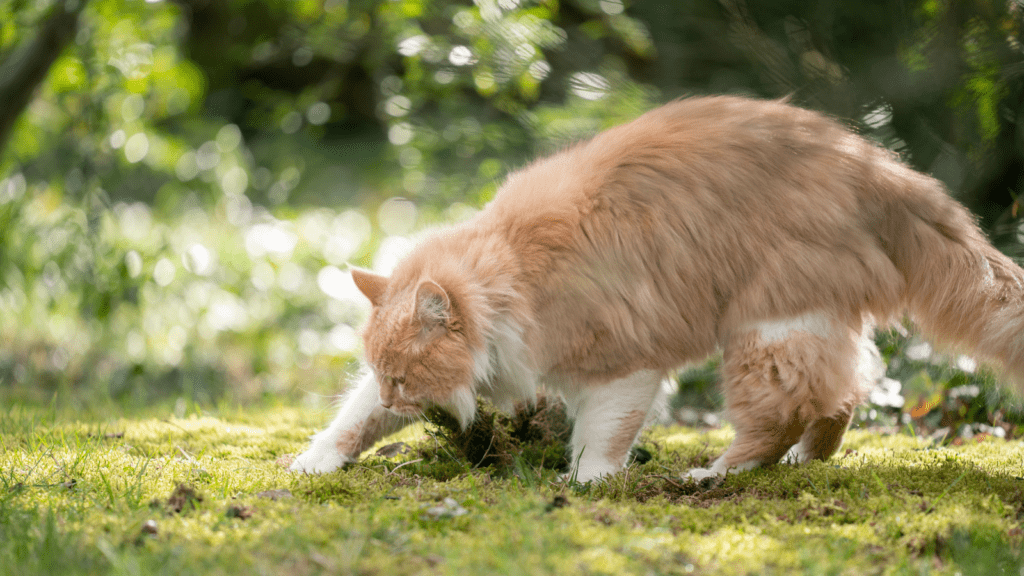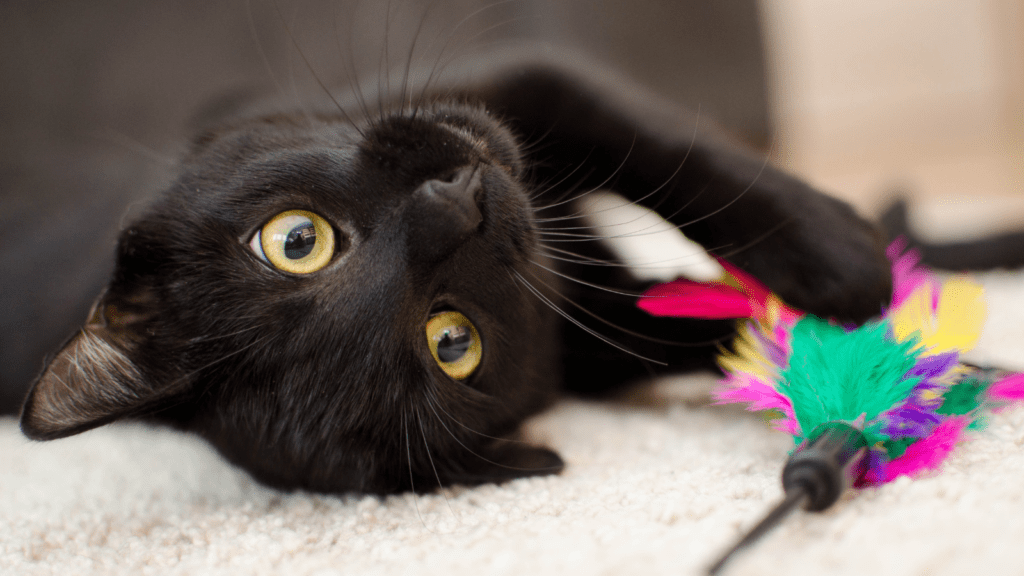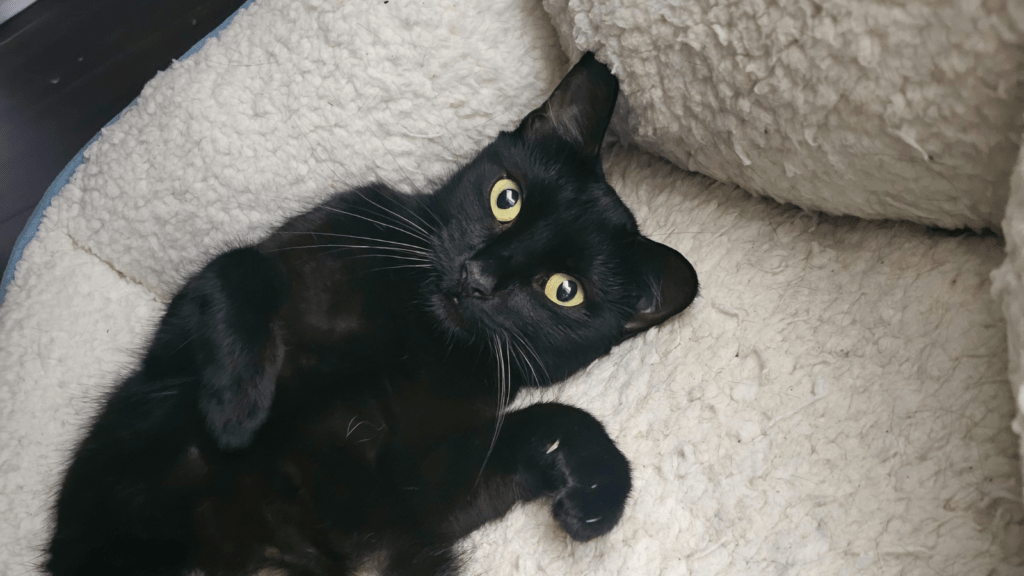Why Do Cats Bite Each Other’s Necks? Cat Behavior Explained! Have you ever wondered why cats bite each other’s necks? This common behavior observed in feline social interactions can sometimes raise concerns among pet owners. Understanding the reasons behind this behavior is crucial in ensuring a harmonious and safe environment for our furry friends. In this article, we will explore the various factors that contribute to cats biting each other’s necks. From cat social hierarchies and dominance to play behaviors and courtship rituals, we’ll delve into the fascinating world of cat behavior and shed light on why cats exhibit this unique behavior. Whether you’re a male cat owner or simply curious about feline behavior, this article will provide valuable insights into the motivations behind cat neck biting and offer tips for managing and preventing two cats aggression. Key Takeaways: Understanding Cat Social Hierarchies and Dominance Cats are known for their independent and solitary nature, but in multi-cat households, they establish social hierarchies. Within these hierarchies, dominant cats display certain behaviors that establish their authority. Understanding cat dominance and recognizing the signs of dominance in feline behavior can help you comprehend why male cats bite each other’s necks. Defining Cat Dominance Cat dominance refers to the social hierarchy established among cats living together. Dominant cats display behaviors like resource guarding, posturing, and asserting themselves over other cats. By understanding these behaviors, we can decode the reasons for neck biting in cats, giving us insight into their social dynamics. Signs of Dominance in Feline Behavior Even domestic cats exhibit various signs of dominance, indicating their social hierarchy position. These signs can include aggression towards other cats, claiming resources, and displaying confident body language. Identifying dominant cat signs is essential in understanding the motivations behind neck-biting and deciphering the complex social dynamics among cats’ behavior. Role of Neck Biting in Cat Hierarchies Neck biting is a common behavior observed in cats during social interactions. It can serve as a way for dominant cats to establish and maintain their position in the social hierarchy. Neck biting can be a display of dominance and communication between cats. Understanding cat social hierarchies and dominance is essential for creating a harmonious environment for our feline companions. By recognizing the signs of dominance and the role of the normal behavior of neck biting, we can better manage and prevent aggressive behaviors among cats, ensuring a peaceful coexistence. Male Cat Biting Other Cats’ Neck: Normal or Aggressive Behavior? Cats biting each other’s necks can be a cause for concern for pet owners. Distinguishing between normal play behavior and aggressive behavior is essential in addressing the issue effectively. This section explores the differences between playful biting and aggressive biting and highlights the role of social learning through play in kittens. Seeing your cat bite the other cats necks is likely them exerting dominance over one cat. Even fixed male cats may display a mating behavior over female cats or young cats. Playful Biting vs. Aggressive Biting: How to Tell the Difference Playful biting is a natural behavior for cats, especially if they are playing with the other cat. Cats engage in mild biting as a way to establish boundaries and engage in social interaction. The cat’s body language is less aggressive and more relaxed in play biting. Aggressive biting is often accompanied by hissing, growling, raised fur, and a tense body posture, indicating a threat or an imminent prey attack. However, aggressive biting can be a sign of certain medical conditions or underlying issues such as fear, anxiety, or territoriality. There could even be medical reasons, hormonal imbalances, or medical conditions that should be addressed with your vet. Social Learning Through Play in Kittens Kittens learn important social skills through play, including appropriate bite inhibition. During play sessions, kittens engage in gentle biting to explore their environment, hone their hunting skills, and establish boundaries with their littermates. Through play, kittens learn how much force to exert during biting and develop communication and social boundaries. Playful bites are a vital part of animal development and help pets acquire the skills necessary for adult social interactions. However, intervention and training may be necessary if these behaviors persist into adulthood or become aggressive. Mating Behavior: Neck Biting as a Courtship Activity Neck biting can also be observed during mating behaviors, often seen in unfixed outdoor neighborhood cats. It is a common and natural cat behavior that plays a significant role in cat courtship. During the mating ritual, male cats often engage in neck biting as part of their reproductive instincts. This behavior serves multiple purposes. First, it allows the male cat to establish physical contact with the female cat, indicating his interest and intentions. Additionally, neck biting stimulates the female cat and enhances her receptivity to mating. Understanding these mating behaviors provides valuable insights into the natural tendencies of cats during the reproductive process. It helps us comprehend just what the intricacies of feline courtship and the roles that different behaviors, such as neck biting, play in this process. When Cat Play Escalates to Aggression Play is a natural part of feline behavior and an important way for cats to learn and socialize. However, sometimes play can escalate to aggression, leading to biting and other aggressive behaviors. Understanding the reasons behind this escalation is key to managing and redirecting these behaviors effectively. There are several factors that can contribute to play turning into aggression in cats. One common cause is overstimulation during play. When cats become overly excited or aroused, their play behavior can become more intense and may escalate to aggression. Additionally, certain triggers, such as sudden movements or loud noises, can also lead to aggressive responses during play. It’s important to recognize the signs that play is turning into aggression. These may include aggressive body language, such as flattened ears, dilated pupils, hissing, growling, or a stiff body posture. If you notice these signs, it’s crucial to intervene to prevent the situation from escalating further. To manage and redirect play











